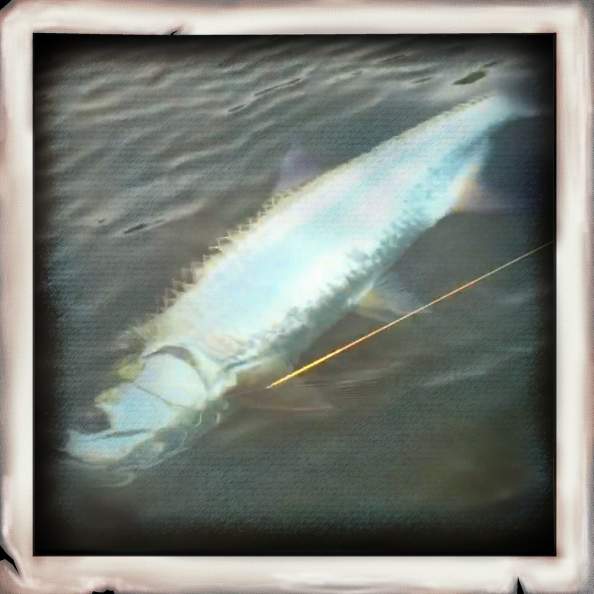
Tarpon
The Tarpon is a large thick-bodied fish generally silver in color. Tarpon can also range from a dark green to gray. It has a large scoop shaped mouth and the last ray of its dorsal fin is greatly elongated. Its scales are large and thick like a coat of armor.
The Tarpon is a large, hard fighting fish and is judged by many to be the world’s most exciting gamefish. Once it feels the hook being set it begins the spectacular display of frequent, twisting, acrobatic leaps into the air to free itself from the hook.
On a typical Tarpon fishing charters we land fish in between 60 to 100 pounds on average but we can get Tarpon well over 200 pounds. Most of the Tarpon we catch are around the beaches of Longboat Key, Anna Maria Island, Bradenton Beach, Egmont Key, and the Skyway Bridge.
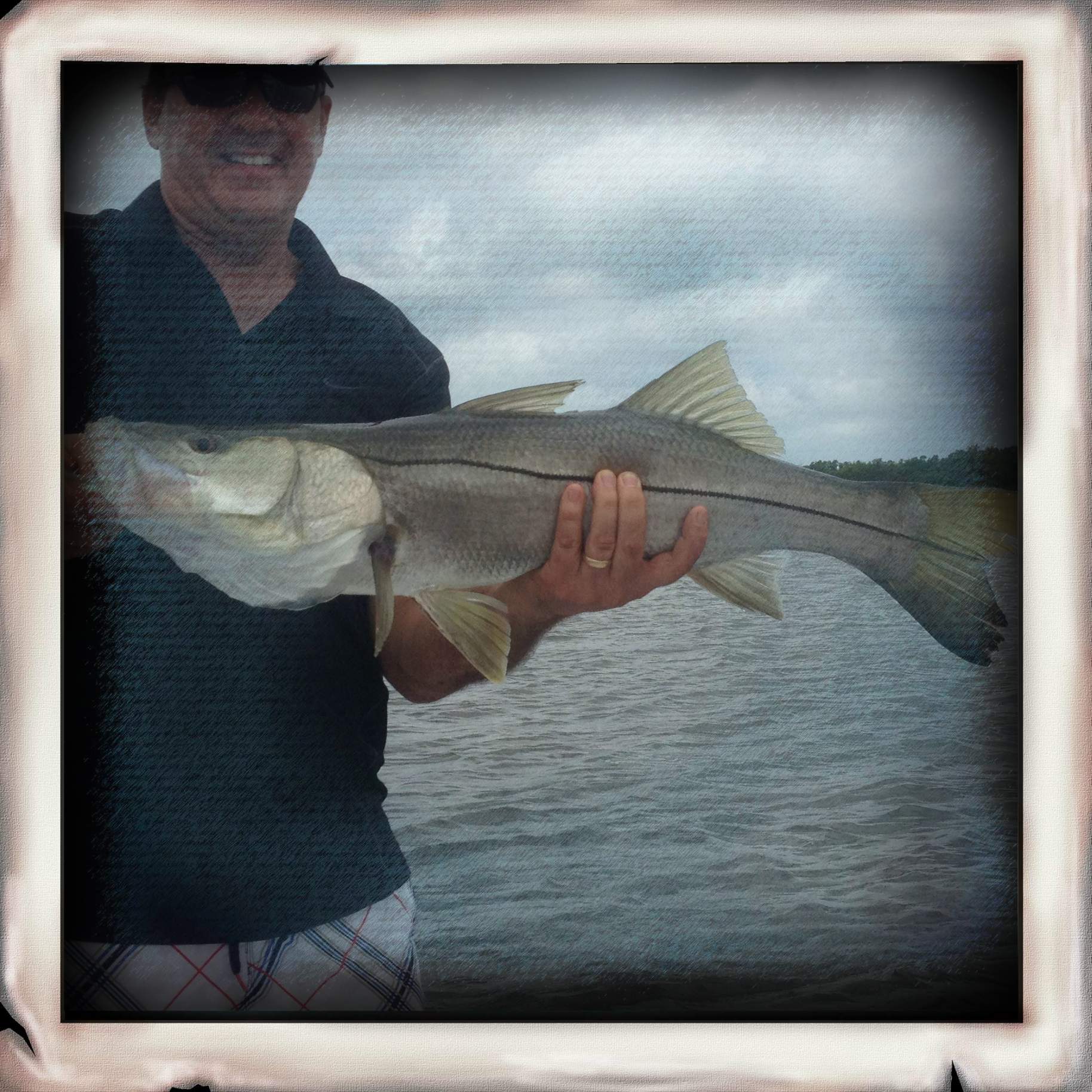
Snook
Juvenile common snook are generally restricted to the protection of estuary environments. These environments offer shallow water and an overhanging vegetative shoreline. Juvenile common snook can survive in waters with lower oxygen levels than adults. Adult common snook inhabit many environments including mangrove forests, beaches, river mouths, nearshore reefs, salt marshes and sea grass meadows
The Snook is a powerful fish and a thrilling catch, much like the freshwater Largemouth Bass. That is one of the reasons why it is one of the most sought after and prized gamefish to catch. Once hooked it’s strength and speed is hard to compare to any other game fish of its size.
Most of the Snook we catch are on grass flats near lower Tampa Bay, Anna Maria Island, and Sarasota Bay. Snook also like to hang around structure including docks, rock piles, and bridges. Certain times of the year, when Snook migrate to the beaches and passes to spawn, we fish deeper areas near the passes of Longboat Key and Anna Maria Island.
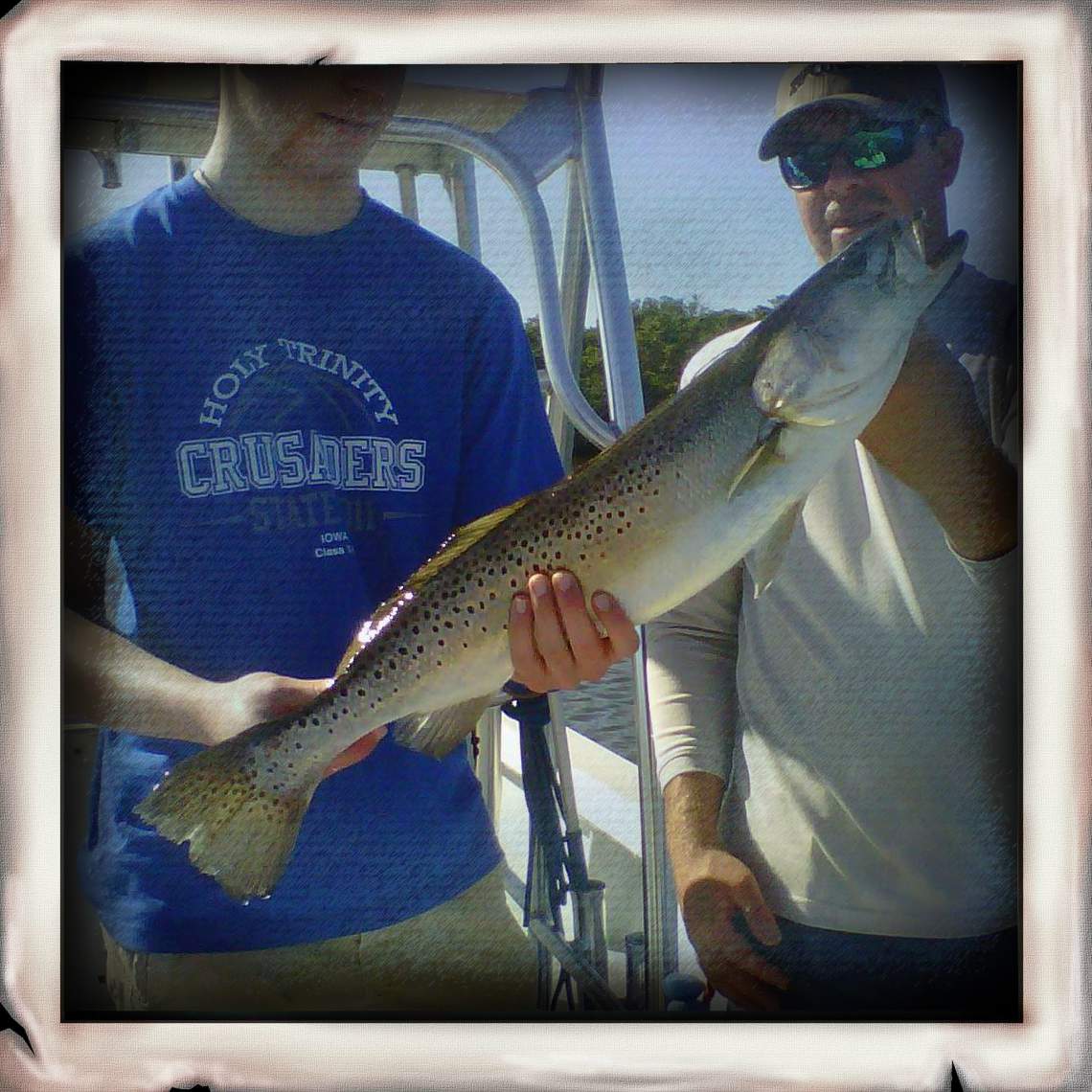
Spotted Seatrout
Spotted seatrout prefer shallower bays and estuaries of Tampa Bay. They are most common in the shallow bays around Anna Maria Island during spring and summer. As water temperatures decline during fall, fish move into deeper bay waters and the Gulf of Mexico. Typically we catch seatrout around 2-5 pounds.
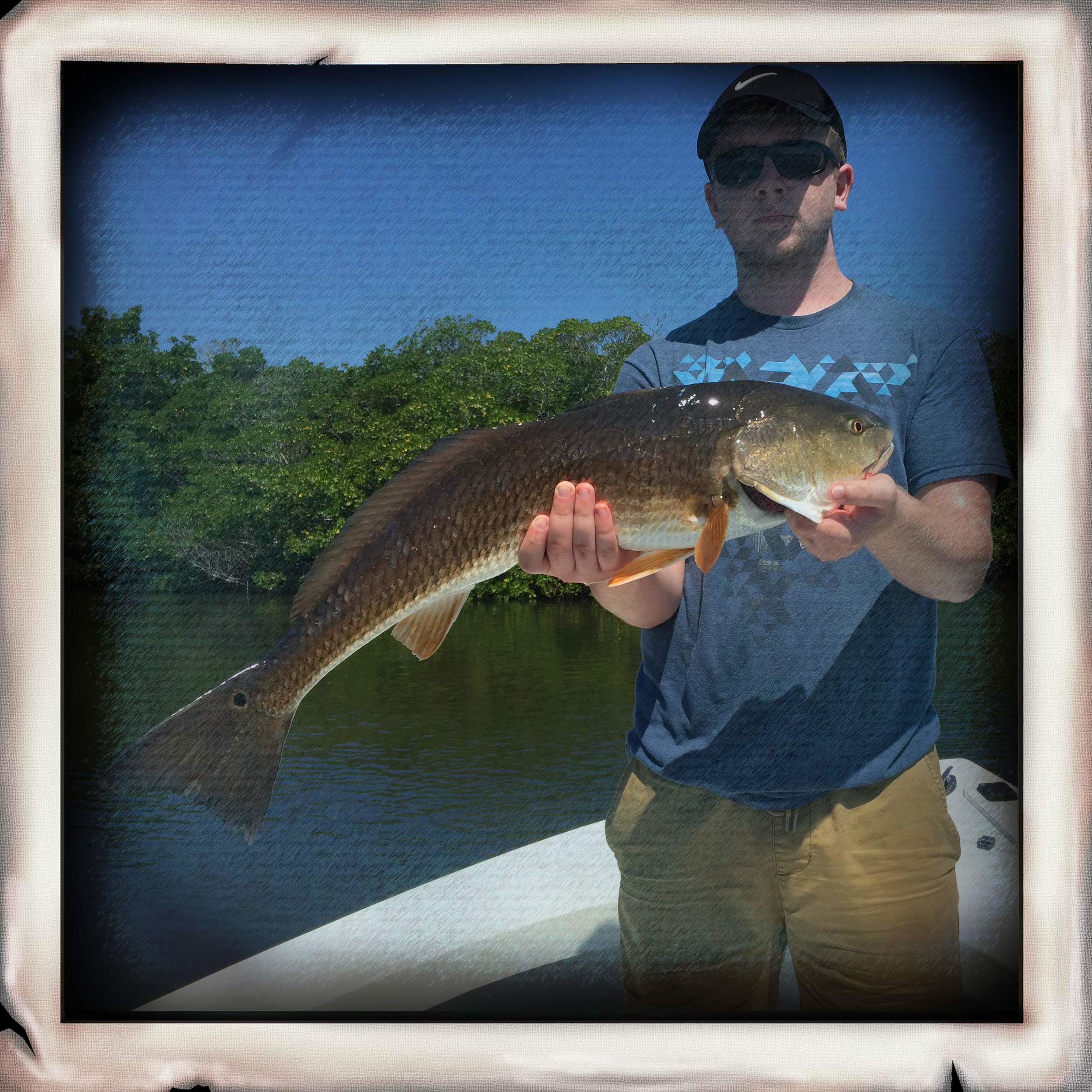
Redfish
The Redfish also known as Red Drum or Channel Bass, but in our area we call them Redfish. The Redfish is bronze to pinkish in color and has a spot on each side near its tail. A typical Redfish is 5 pounds but can be caught up to 20 pounds.
The Redfish is a super-challenging opponent on the grass beds and flats of Anna Maria Island and Tampa Bay. The Redfish can usually be found year round but is most productive in the early spring and fall. In the fall we have large schools of 300+ Redfish that move into the flats lower Tampa Bay and Anna Maria Island.
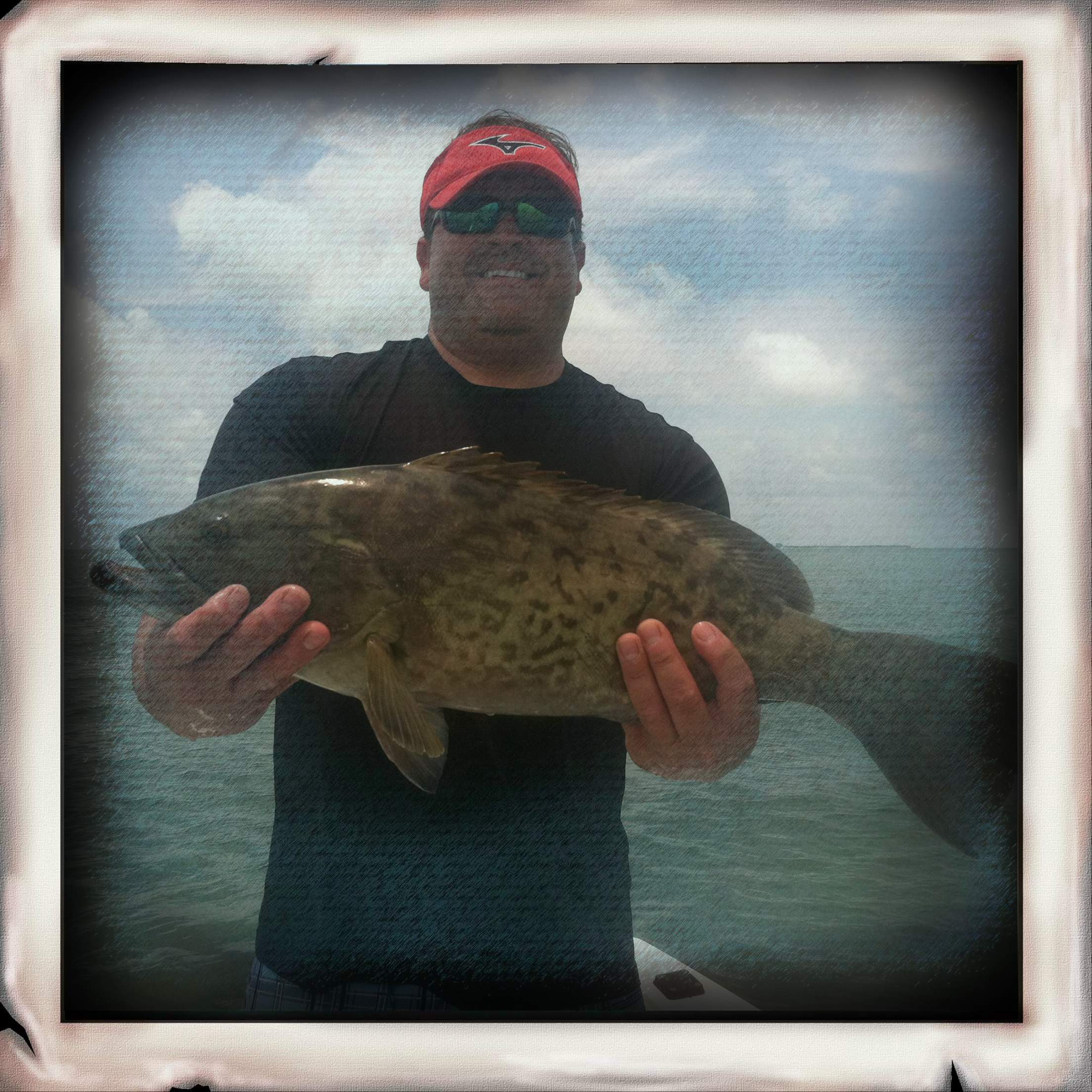
Grouper
Adults inhabit rocky bottoms, reefs and drop-off walls in water over 60 feet deep; young occur inshore in waters around seagrass beds, mangrove forests and hard-bottom communities.
Grouper are born as females but can later become male. Gag and red grouper are the most widely distributed of the Florida groupers. Goliath and Nassau grouper are protected from harvest in Florida waters. Grouper spawn between January and May with some of the more tropical species spawning year-round.

Cobia
Cobias have brown backs, a darker stripe extending the length of their sides, and are white beneath. When viewed from above, they appear distinctly shark-like. Cobia are not bashful feeders, chasing down food from the top to the bottom of the sea. They seem to especially prefer crabs and pin fish. Cobia is excellent table fair and most fish can have plenty of meat to feed a large family multiple times over.
In the spring time we have our run of Cobia, as they make their way up the coast of Florida. Also, towards the end of summer we have another run of Cobia. Generally, we catch the Cobia on the edges of bars near Anna Maria Island and Sarasota Bay. In addition we catch Cobia in the middle of Tampa Bay around structure and navigation markers.
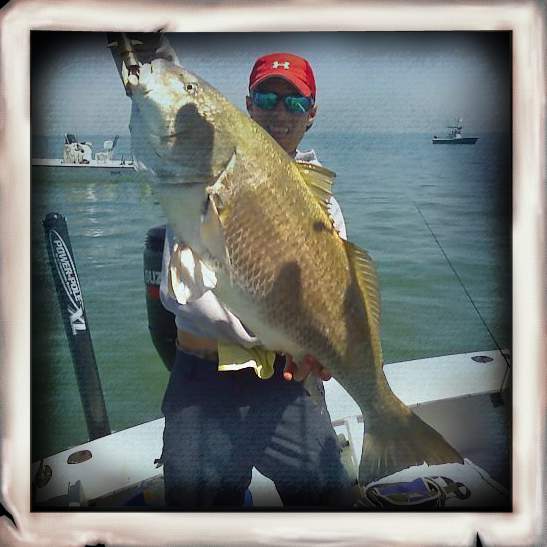
Black Drum
Black drum are an inshore fish common to bays and lagoons. They are bottom dwellers and often found around oyster beds. Black drum may also be found offshore.
The largest member of the drum family, black drum spawn nearshore in the winter and early spring. They feed on oysters, mussels, crabs, shrimp and occasionally fish. Black drum may live to 35 or more years.
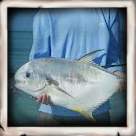
Permit
These coastal fish inhabit tropical grass and sand flats, near reefs and wrecks.
Spawning occurs primarily in early summer and again in fall. Permit have a specialized plate at the back of their mouth that helps them crush hard-shelled animals such as clams and crabs.
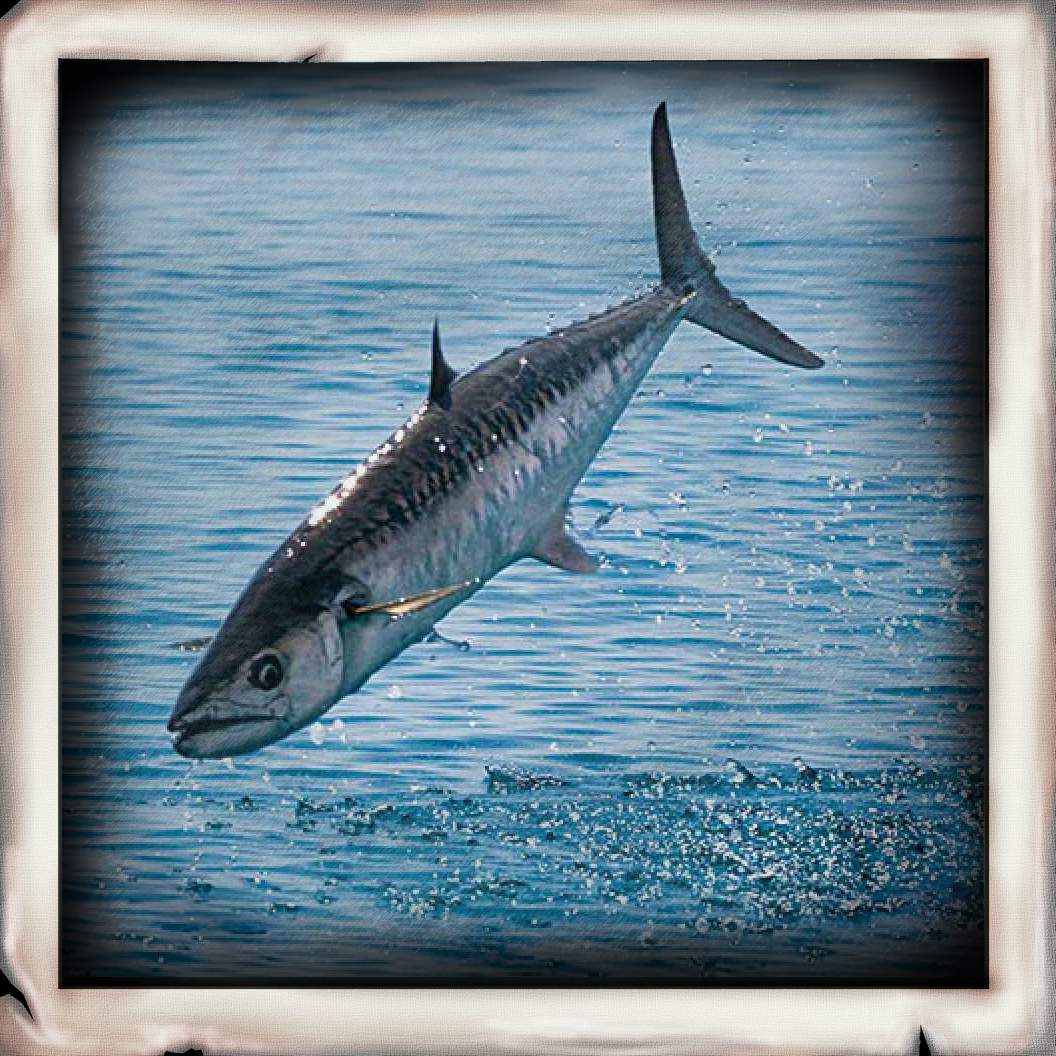
King Mackerel
King mackerel are found both nearshore and offshore, often around piers. They may occasionally be found in deep water.
Kings are schooling fish that migrate from south Florida waters in winter northward in spring. They spawn offshore in mid-summer.
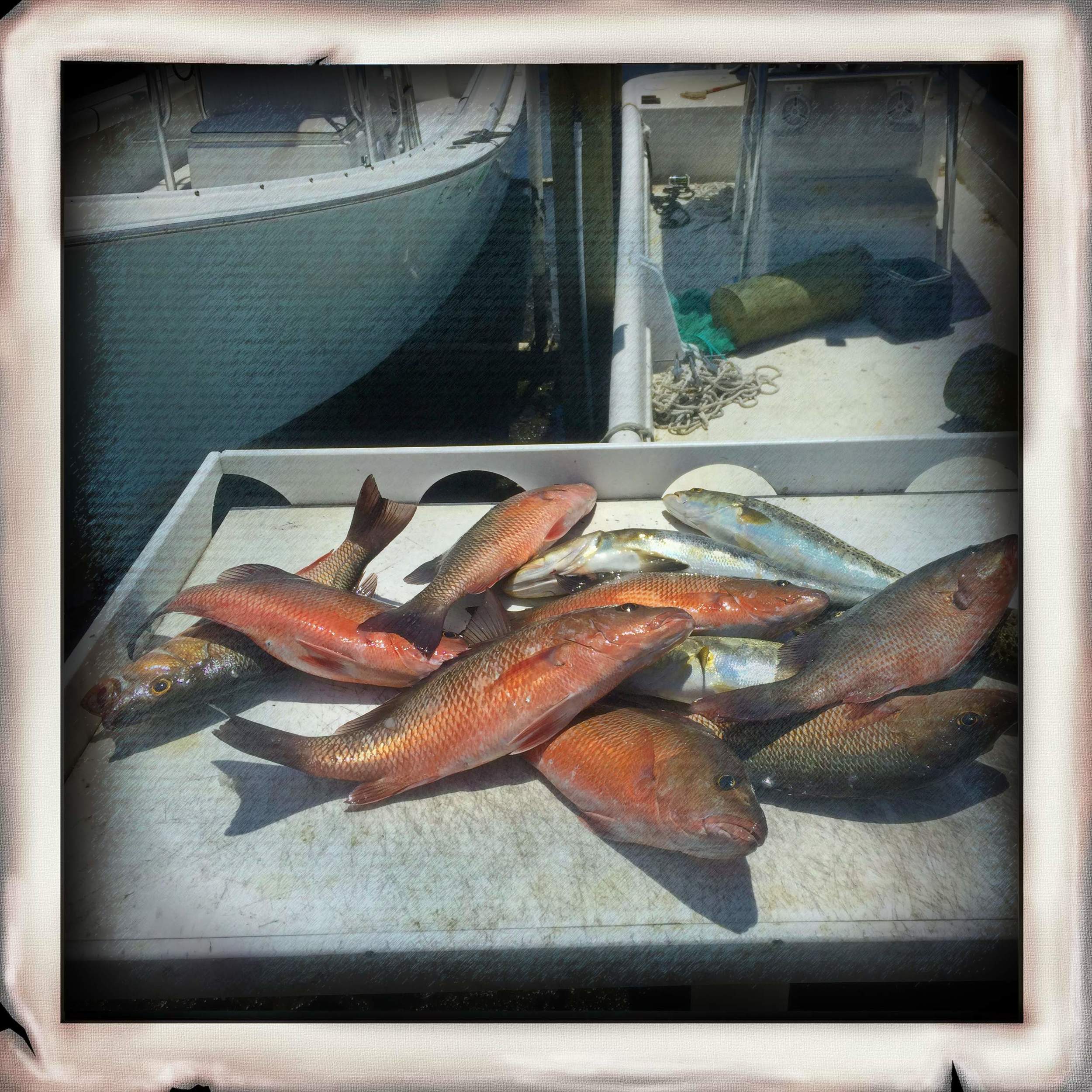
Mangrove Snapper
Juvenile gray snapper are found inshore in tidal creeks, mangroves, and grass beds. Adults are generally found nearshore or offshore on coral or rocky reefs.
Spawning occurs June through August. Gray snapper feed on crustaceans and small fish.
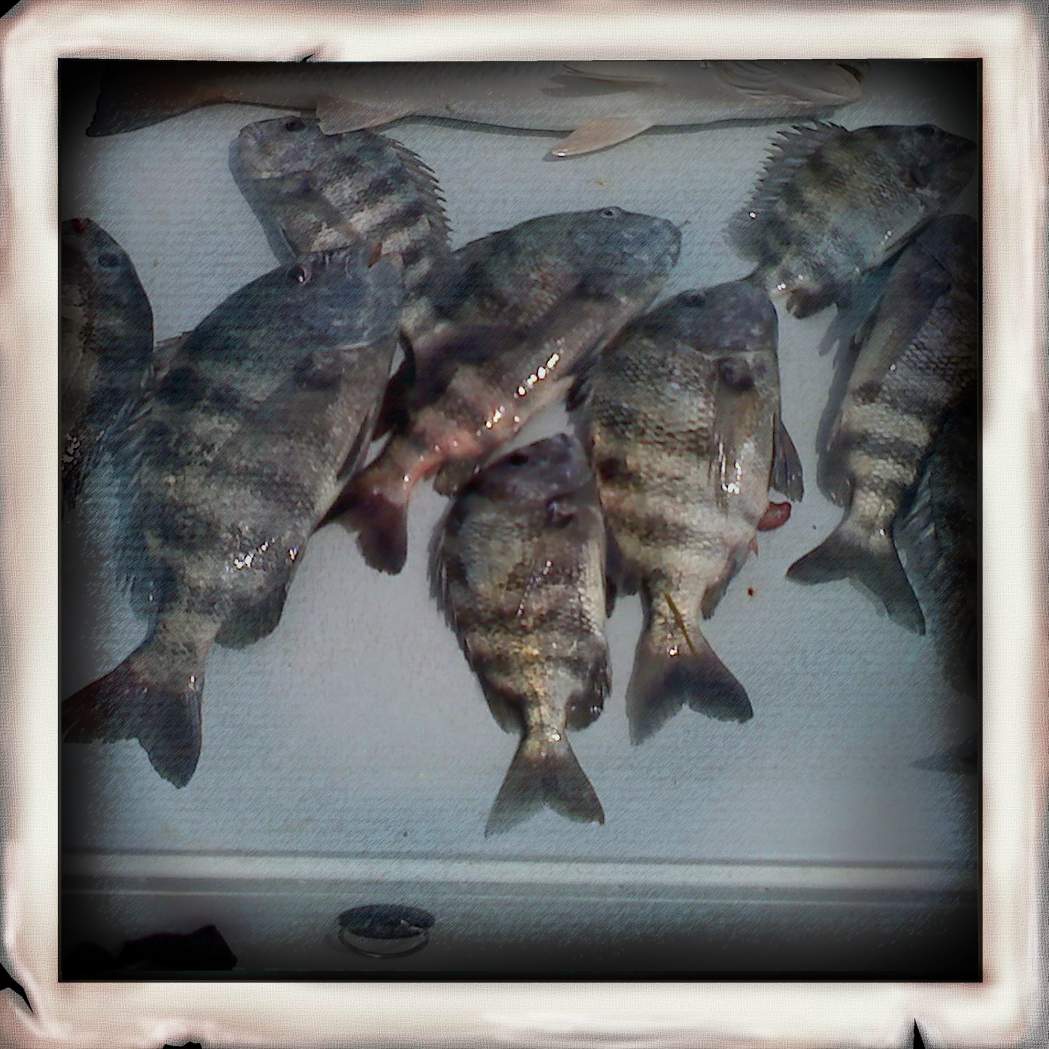
Sheepshead
Sheepshead are an inshore species and are commonly found around oyster bars, seawalls and in tidal creeks. They move nearshore during late winter and early spring for spawning.
Sheepshead are fractional spawners (they only lay a portion of their eggs at a time) in inshore waters, typically in March and April. They are omnivorous feeding mostly on crustaceans and small fish.
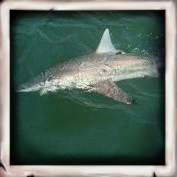
Shark
Blacktips often come inshore in large schools, particularly in association with Spanish mackerel. Frequently the most common shark in clear-water cuts and along beaches in Florida and Bahamas.
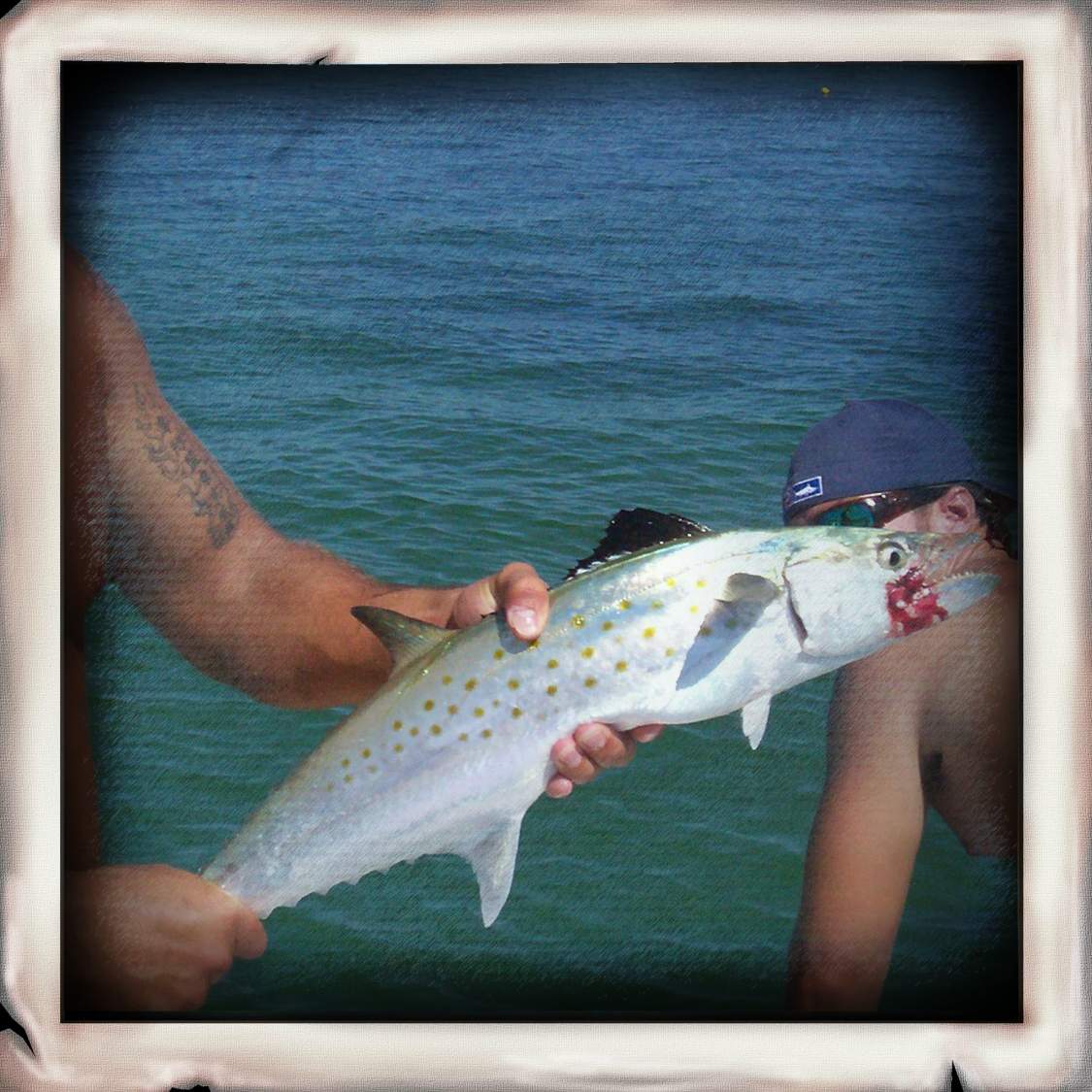
Mackerel
Spanish mackerel are prevalent throughout Florida waters: inshore, offshore and nearshore. They are frequently found over grass beds and reefs. These mackerel are absent from north Florida waters in winter.
Spanish mackerel are a schooling fish that migrates northward in spring, returning to southerly waters when water temperature drops below 70 degrees F. They spawns offshore from spring through summer and feeds on small fish and squid
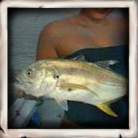
Jack
These fish can tolerate a wide range of salinities. Typically, schools will corner a school of baitfish at the surface and feed with commotion that can be seen at great distances. Crevalle jack feed mainly on small fish. Peak spawning occurs offshore from March through September.
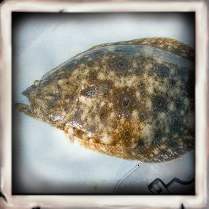
Flounder
Flounder are a flat fish that stay on the bottom and are in the same family a halibut. Summer Flounder inhabit inshore areas during the warmer periods of the year. In the summer, small and medium sized adults are found on the sandy and muddy bottoms of Tampa and Sarasota Bays. Most of the larger fish tend to stay in somewhat deeper water of the Gulf of Mexico, but in the spring time can be found closer to shore. Flounder are excellent table fair and larger Flounder are known as “door mats”.
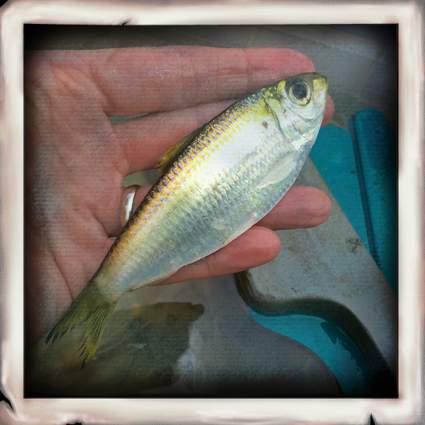
Pilchard (Bait)
This is my go to bait and on most fishing trips this is what we will be using. Pilchards are also known to go by “white bait” and “green backs”, depending on who you ask, but their officially a pilchard. Depending on the time of year, we can have pilchards as small as 1” all the way up to 5”. The reason fishing is so renowned around our area is because there is usually plenty of pilchards (and other bait fish) around Lower Tampa Bay and Anna Maria Island to keep the fish around and biting year round. I catch the pilchards for my fishing charters using a cast net ranging from 10’-12’ and a mesh size from ¼” – ½”. The weight of the cast net can range from 20lbs to 30lbs depending on the depth of water the pilchards are hanging in. When I catch the pilchards I normally stuff my livewell with approximately 100lbs of bait. Pilchards can be found on the grass flats of Terra Ceia Bay, the Bulk Head (the mouth of the Manatee River), Key Royal (Anna Maria Island), and Sarasota Bay. When they move out to deeper waters they can be found around structure near the Skyway Bridge in Lower Tampa Bay and around Ft. Desoto in St. Pete. During the summer months pilchards can be found out and around the beach near the north end of Anna Maria Island and Longboat Key. The reason I use pilchards as my go to bait is because everything will eat them. You can catch Snook, Redfish, Trout, Flounder, Snapper, Tarpon, Ladyfish, Bluefish, Grouper, Cobia, and anything else on pilchards.
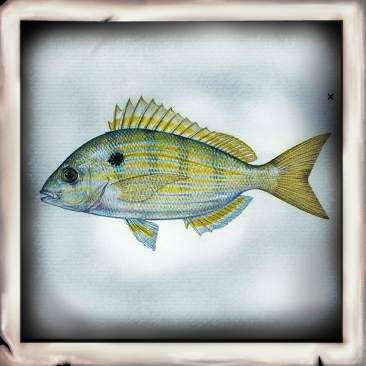
Pinfish (Bait)
Pinfish are a hearty bait that can be caught with a cast net. Pinfish can range from 2” to 7” with the average bait size of 3” to 4”. The Pinfish can be found on grass flats of near structure in deeper water. Snook, Grouper, Trout, Cobia, Tarpon, and Redfish all have Pinfish as part of their diet.
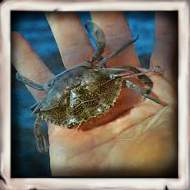
Pass Crabs (Bait)
Pass Crabs can be found in numbers from normally May through August. They are easier to get during the new moon and full moon phases when we have large tidal movements. Generally, I have found the middle to the last past of the outgoing tide to be the most productive when trying to catch them. I use a long handled dip net to catch them when they float bye in the water. I usually can find good numbers of them around Longboat Pass (Longboat Key), Bean Point (north end of Anna Maria Island), Egmont Key Channel, New Pass (Sarasota), and The Skyway Bridge in Tampa Bay. Pass Crabs work well with Tarpon when they are flushing out of the Tampa Bay. They also work well on bigger Redfish and Permit. Snook on occasion have been known to eat them as well.
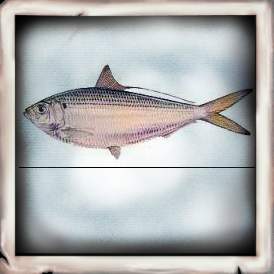
Threadfin (Bait)
Usually when I am targeting Tarpon on fishing charters this will be my go to bait. Threadfins are just what they say; they had a “thread” hanging off their dorsal fin, hence the name Threadfin. Threadfin look similar to pilchards but are normally a little larger in size. The Threadfin is not as hearty (does not live as long in the livewell) and they scale (their scales come off) quickly. The Threadfin is more “oily” than a pilchard. I catch Threadfins the same way I catch pilchards, using a cast net. I normally have to use a heavier and bigger mesh cast net for Threadfins because they are faster and swim deeper than the pilchards. The net I commonly use a 12ft, 1/2” or 5/8” mesh, 30 lbs to 35 lbs. When fishing with Threadfins I usually target Tarpon, Grouper, Cobia, Snook, Redfish, and Larger Trout.
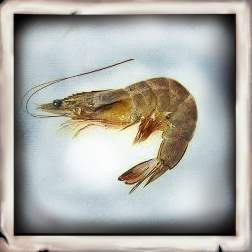
Shrimp (Bait)
In the winter time and colder parts of the year when pilchards are not available we sometime use shrimp. When we use shrimp I buy my shrimp form local bait stores. Usually we would use shrimp free lined, under a bobber, or tip soft plastic jig with a piece of shrimp. Snook, Redfish, Trout, Snapper, and Tarpon all can be caught using shrimp.
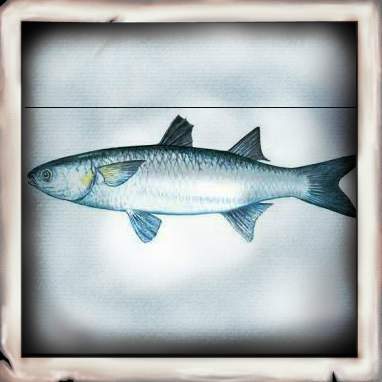
Other (Bait)
We can use Ladyfish, Mackerel, Mullet, or Bluefish when we are targeting Sharks or other bottom fish. Also, during the summer months we can use cut Mullet and Ladyfish when we are fishing for Redfish underneath deeper mangroves. Some of my biggest Snook have been caught using Mullet and Ladyfish at night around the piers on Anna Maria Island and around Longboat Pass. Grunts can also be used for bait and have been successfully in catching larger Trout, Redfish, and Snook.




















